Dilapidated medical station, low income
In recent times, Ho Chi Minh City has invested hundreds of billions of VND to upgrade, renovate, and invest in medical equipment for 55/464 health stations, medical points, etc. However, there are still many health stations, medical points, medical centers, and regional hospitals that are degraded and need to be rebuilt.
Doctor CKI Le Thanh Quyet, Deputy Director in charge of the Go Vap District Medical Center, said that in the Go Vap, Hanh Thong, An Nhon, An Hoi Dong, Thong Tay Hoi and An Hoi Tay wards under the center's management, there are 6 health clinics and 8 medical points, of which 9 facilities need to be renovated and repaired. In addition, the Go Vap District Medical Center, which is nearly 50 years old, has seriously degraded.
"In 2023, the city plans to renovate, repair, and build new health stations, but so far, 9 health stations in the area have not yet implemented any projects," said Dr. Le Thanh Quyet...
Regarding the slow implementation of renovation, repair and construction of 146 health stations, the representative of the Management Board of Investment Projects for Construction of Civil and Industrial Works of Ho Chi Minh City (project investor) said that there were many reasons, both subjective and objective. Among them, some localities did a good job with the 1/500 planning, but some localities did not coordinate closely with the board..., leading to slow project approval. In light of this reality, the board has sent a document to the People's Committee of Ho Chi Minh City to temporarily suspend the project and move it to the 2026-2030 period.
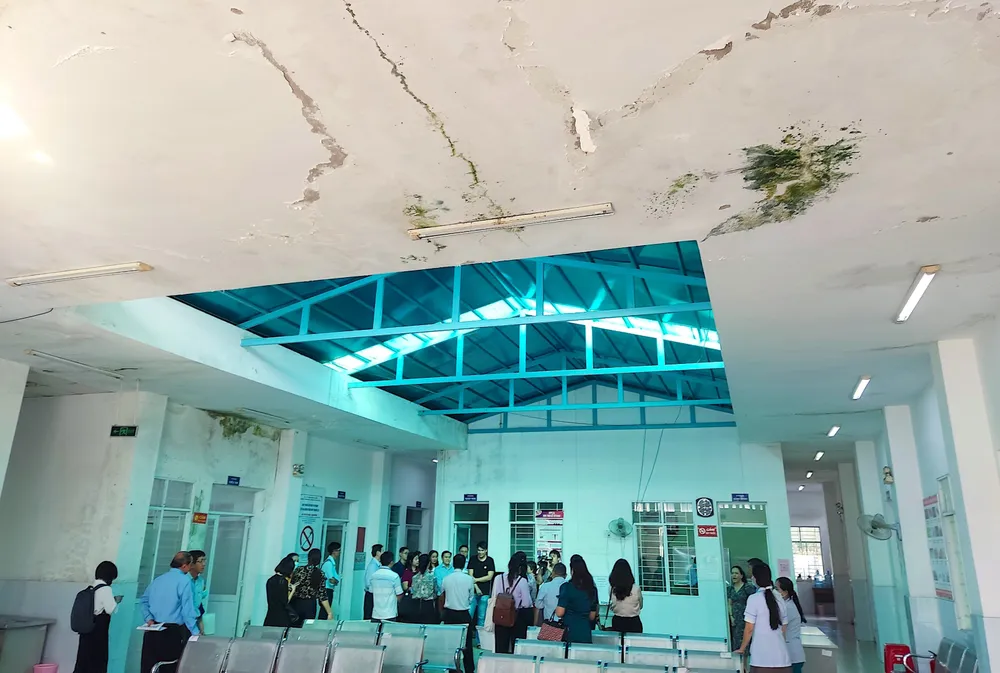
In addition to the Health Center, the city also has projects to build new hospitals that are slow to be implemented. For example, after decades of operation, Khanh Hoi Hospital now has warped tile floors, leaky walls, substandard wards, and old, outdated equipment.
In the same situation, Phu Nhuan Hospital's facilities are seriously degraded and cramped, but it still has to use most of its yard as a parking lot to serve about 1,500-2,000 people who come for examination and treatment every day.
In addition, the city's health sector is also facing a shortage of human resources, especially at the grassroots level, due to the fact that the remuneration regime is not strong enough to attract and retain medical staff. Leaders of some regional hospitals said that currently, the allowance levels for medical staff being applied are still inadequate, such as the 24/24 hour duty pay for the past 14 years has remained at 90,000 VND/person/shift, while the basic salary has been adjusted 8 times, currently at a coefficient of 2.34. The allowance regimes for duty, surgery, procedures... have not been adjusted accordingly.
Investing in the “front line”
According to health experts, with profound changes in disease patterns, such as the increase in non-communicable diseases, population aging, etc., the quality of primary health care services needs to be improved. Therefore, the "bottlenecks" in facilities, human resources, and application of information technology in digitizing electronic medical records need to be removed.
Associate Professor, Doctor, Doctor Phung Nguyen The Nguyen, Head of the Faculty of Medicine, Head of the Department of Pediatrics, University of Medicine and Pharmacy, Ho Chi Minh City, said that in order for the city's primary health care system to change from passively examining and treating patients to caring for and protecting people's health even before they have a disease, the city's health sector needs to solve the problem of ensuring enough human resources, with the right allocation, so that each health center must have a family doctor, community nurse, pharmacist, and rehabilitation technician. The allocation needs to be based on the disease map and the actual needs of each area, instead of spreading out and leveling. Next, there must be retraining to shift the focus from treatment to disease prevention.
YTCS staff need to be retrained in family medicine, chronic disease management, infection prevention, and lifelong care. They should not only “treat” people when they come to the station, but also “keep the community healthy” early.
“The best disease prevention solution for people is that in addition to ensuring full vaccination coverage for children, the YTCS needs to expand vaccines against influenza, pneumococcus, hepatitis... for adults. At the same time, we need to implement early screening programs for cardiovascular disease, diabetes, and cancer right at the grassroots level to reduce the burden on the upper level,” Associate Professor, Dr. Phung Nguyen The Nguyen emphasized.
From the grassroots perspective, Dr. Tran Van Khanh, Director of Le Van Thinh Hospital, analyzed that recently, the hospital has proactively supported the grassroots medical line by establishing satellite clinics at some health stations in An Khanh and Binh Trung wards. Thereby, the effectiveness of medical examination and treatment at the grassroots level has been significantly improved, with an average of 300-500 people coming for medical examination and treatment every day.
From this approach, the city needs to develop a plan for stabilizing human resources, linking the health care system with the promotion path, truly considering it a "lifetime career" for the team of primary health care doctors. Next, develop a system of well-trained general practitioners (family doctors); continuously rotate doctors from higher levels to health care systems and vice versa to improve clinical capacity, maintain solidarity and develop the team.
According to the Ho Chi Minh City Department of Health, the city currently has 38 medical centers, 168 health stations, and 296 medical points, but only has about 1,800 medical staff in the entire system, with an average of 5-10 staff per station. With a population of more than 14 million people, each medical staff is responsible for taking care of 6,000-6,500 people. This is a huge workload, leading to a decrease in the quality of health care for the people.
Source: https://www.sggp.org.vn/nang-chat-y-te-co-so-no-luc-dam-bao-cham-soc-suc-khoe-cong-dong-post809533.html


![[Photo] Dan Mountain Ginseng, a precious gift from nature to Kinh Bac land](/_next/image?url=https%3A%2F%2Fvphoto.vietnam.vn%2Fthumb%2F1200x675%2Fvietnam%2Fresource%2FIMAGE%2F2025%2F11%2F30%2F1764493588163_ndo_br_anh-longform-jpg.webp&w=3840&q=75)





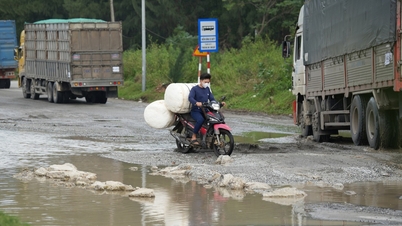

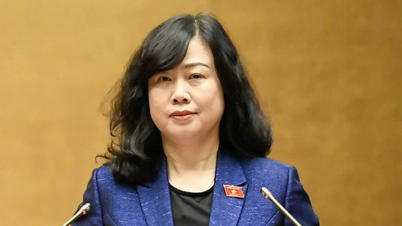

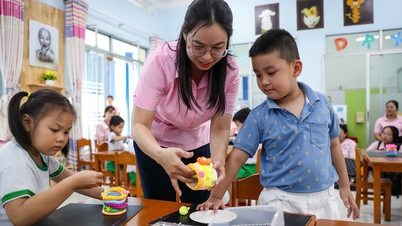

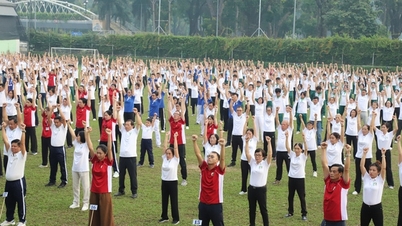





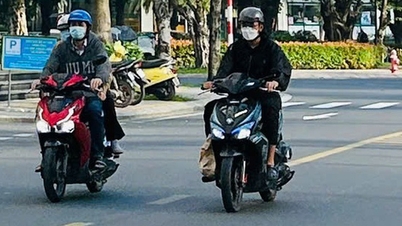
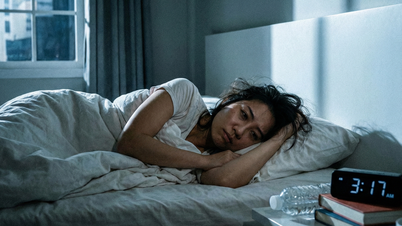
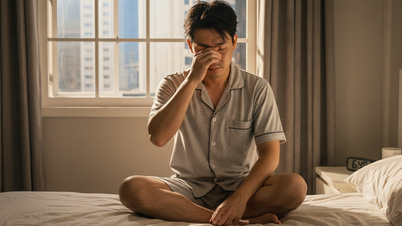

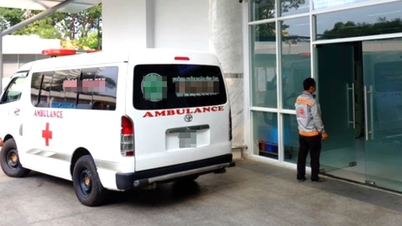







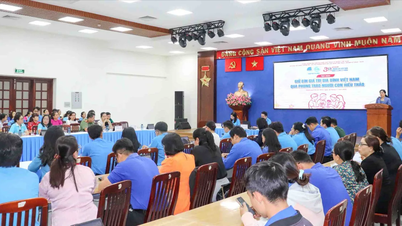


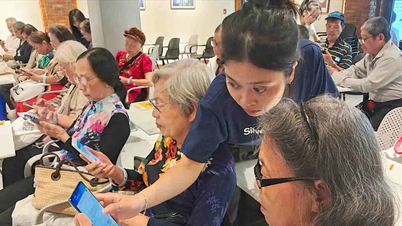
















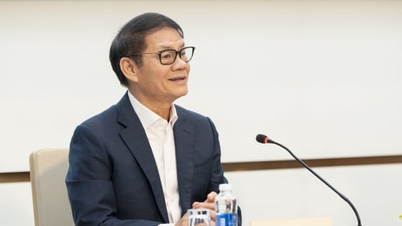

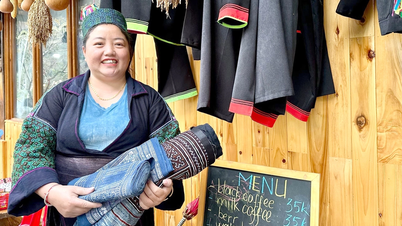













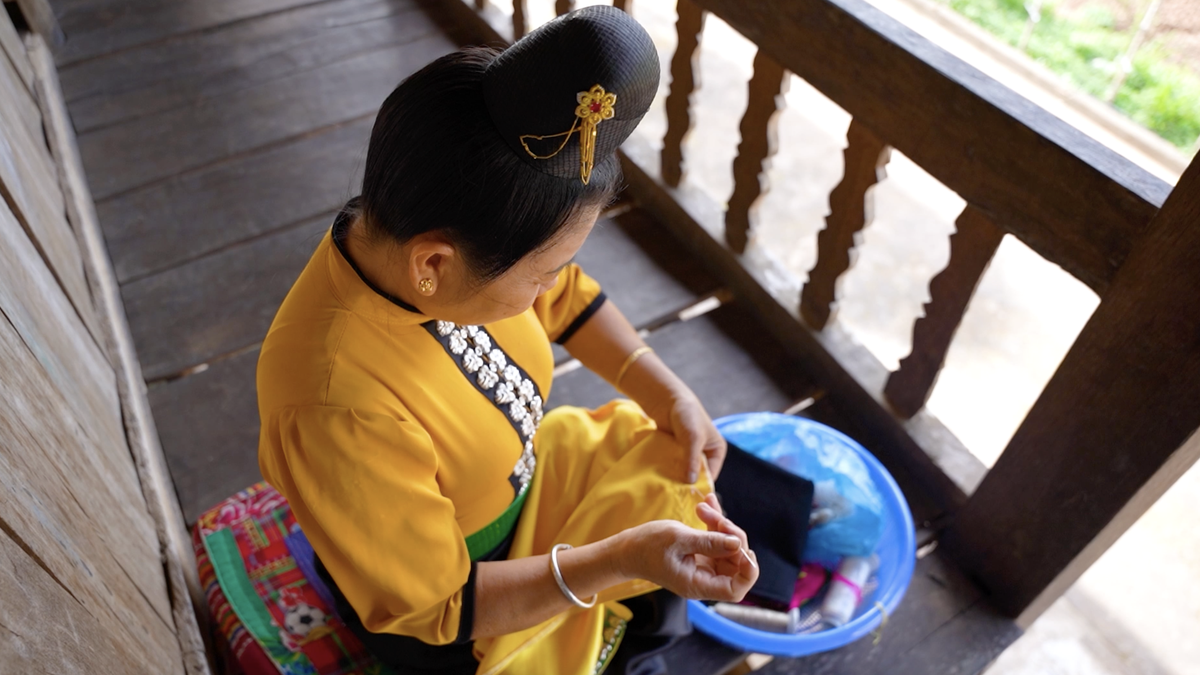










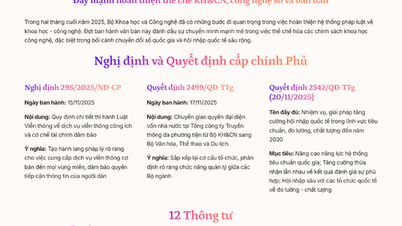

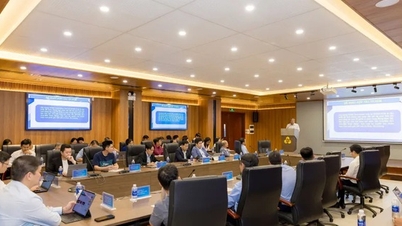
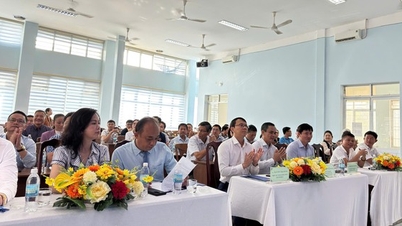
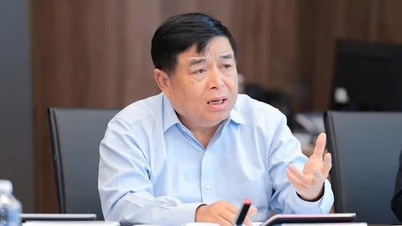


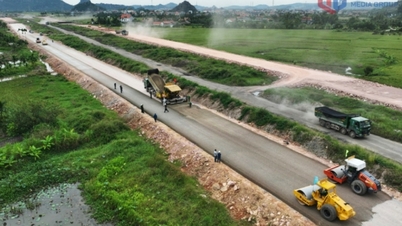


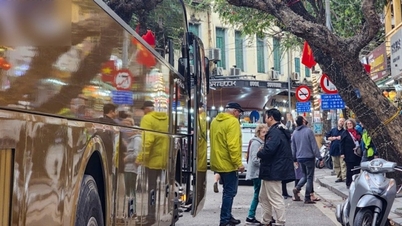
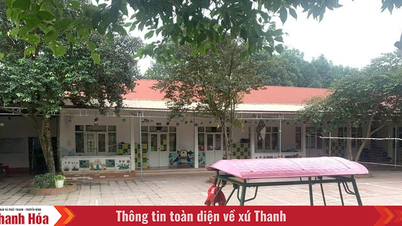

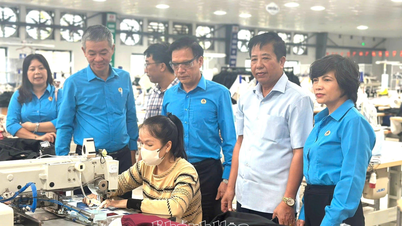

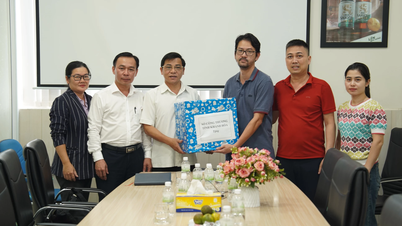













Comment (0)